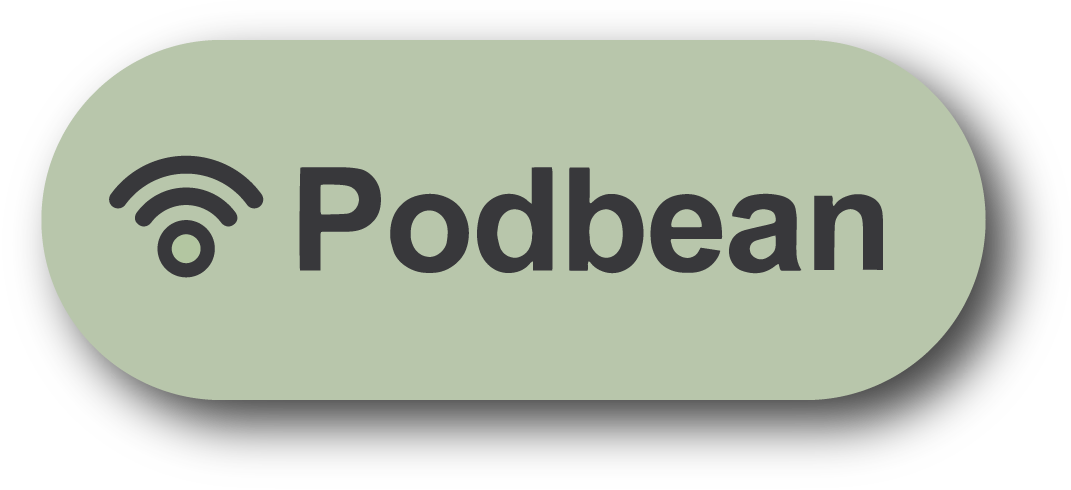#425 - WHAT MAKES A BUILDING BEAUTIFUL?
SUMMARY
This week David and Marina of FAME Architecture & Design discuss beauty in architecture. The two cover formulas for beauty in architecture; symmetry vs beauty; teaching beauty; style vs beauty; music and architecture; lighting; materials and textures; project context; movement; what makes a building beautiful; favorite beautiful buildings; and more. Enjoy!
TIMESTAMPS
(00:00) Beauty in Architecture.
“When you learn how to design architecture, you get to a point where you don't actively think, “I will design this building by employing the principles of hierarchy and unity. Those are my two principles for this building.” Things like hierarchy and unity are more like subconscious tools [rather than rules]. It’s a skill set that naturally occurs when you're designing… when you produce a drawing you can critique from these lenses almost subconsciously and you don't think about the principles. You just feel it and if something doesn't feel right about the design, and you could trace that feeling back to one of these principles.” (02:43)
(05:23) Formulas for beauty in architecture.
“Previously, there were prescribed rules you should follow. You could design the building by following a route. If you follow and adhere to these steps or rules, the design is therefore beautiful, like following an equation. However, in contemporary architecture, there is distinction between rules versus principles and toolsets. Ideas like proportion, scale, hierarchy, balance, order, unity, and symmetry, are tools. They are not rules to follow. No one's telling me that the column has to be x-height; it has to be this wide with a line here and here; if I have this color then I have to have that color; this material has to be paired with that material. There's none of that.” (09:41)
(13:09) Symmetry vs Beauty.
“Symmetry, the golden section, and the rule of thirds…. These are probably the three most common principles that are often talked about in architecture school, but very briefly. I feel like they're mostly talked about by people, who don't know how to design, as a way to shortcut the design process. Design is a tricky process in which there are a lot of unknowns and iterations. I think it's natural for people who don't know how to do that to want to find something they can latch on to to give them security. So they think, “If I employ the principle of symmetry, then maybe it will get me a third of the way to a beautiful design.” Some clients also think, “What about their rule of thirds? What about the golden section? The Fibonacci curved? Can we do those? Will that make it beautiful?” Honestly, I think it's just an attempt for people to try to deconstruct and make sense of something they might not understand.” (14:09)
(19:05) Can beauty be taught?
“With students and clients, sometimes their notions of beauty are too strongly tied to their personal preferences which are based on things they've seen and liked which becomes categorized in their brain as beautiful vs ugly. They then use those references as a way to judge other things. I'm not saying it's wrong, but it's a very limited way to create and understand architecture. People who have more exposure to the arts have a heightened sense of what makes a design feel beautiful and works even if it's not their cup of tea. That's a more productive and interesting conversation. The idea of liking something versus it being beautiful are completely separate things.” (22:17)
(27:17) Style vs Beauty.
(29:36) Music and Architecture.
(40:34) Lighting and beauty in architecture.
(49:03) Materials and textures for beauty.
(51:35) Project context and beauty.
“Something else that makes architecture beautiful is the context. How many of those architecture projects being published are beautiful because it’s the context that’s beautiful versus the building itself that’s beautiful? I'm not saying that the projects are not beautiful, a lot of them are, but many are just okay. They're just made beautiful because there is an amazing natural open landscape in the background. It's a little bit of a trick, which also indicates that you could have a context that might not look like much, but still produce a beautiful building because of the way they intersect and interact.” (51:36)
“Cultural context is very important because different cultures have different standards for what is considered aesthetically pleasing. Cultural differences also explain the function of a building and what people feel comfortable with. People live very differently in different places. What we perceive and think of as a house in Western countries is different from Eastern countries. What's fascinating is that, probably because of the internet, there's been a flattening of aesthetics across the world in terms of contemporary and modern architecture. So, you'll see similar palettes and styles being employed from one place to the next, or a similar kind of thinking, which can be productive, but it can also be very dangerous.” (55:36)
(58:01) Movement and beauty.
(01:03:10) What makes a building beautiful?
(01:08:08) Favorite beautiful building.













